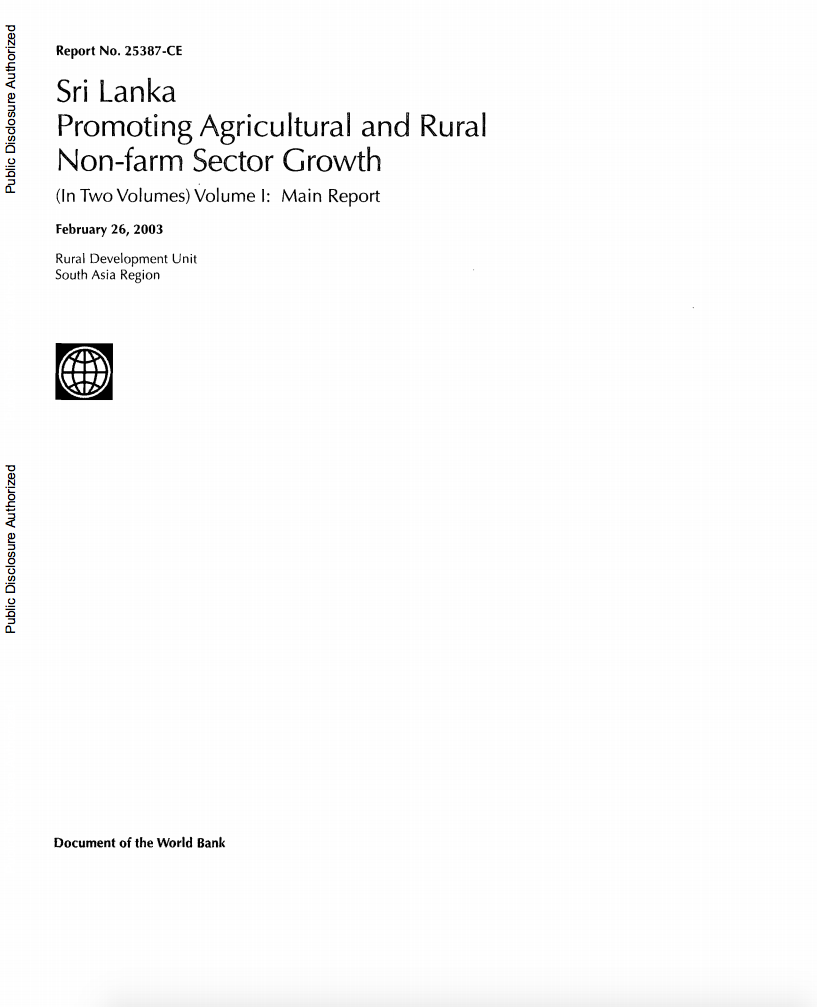Vietnam : On the Road to Labor-Intensive Growth?
Since Vietnam's adoption of the doi moi or renovation policy in 1986, the country has been undergoing the transition from central planning to a socialist market-oriented economy. This has translated into strong economic growth, led by the industrial sector, which expanded more than 13 percent a year from 1993 to 1997. Vietnamese policymakers are concerned, however, that employment growth has lagged.


